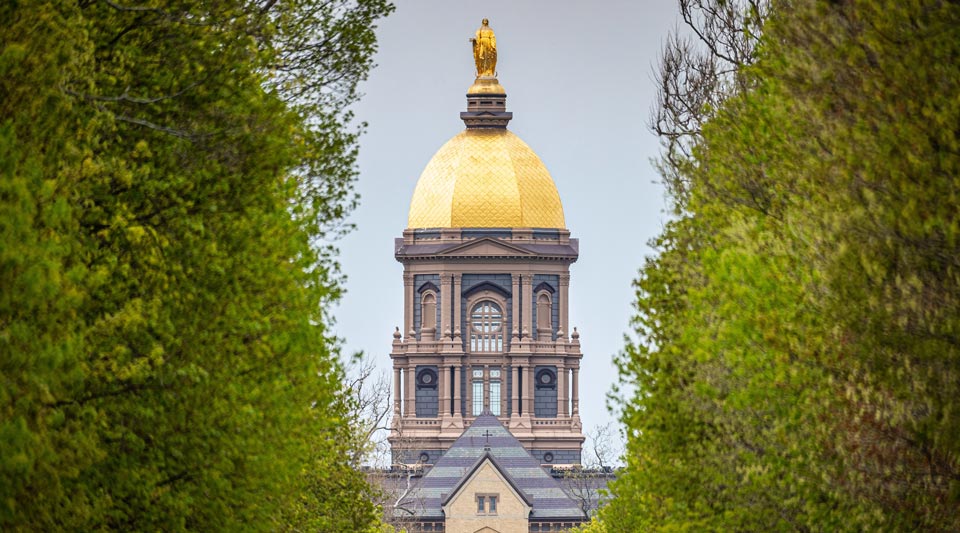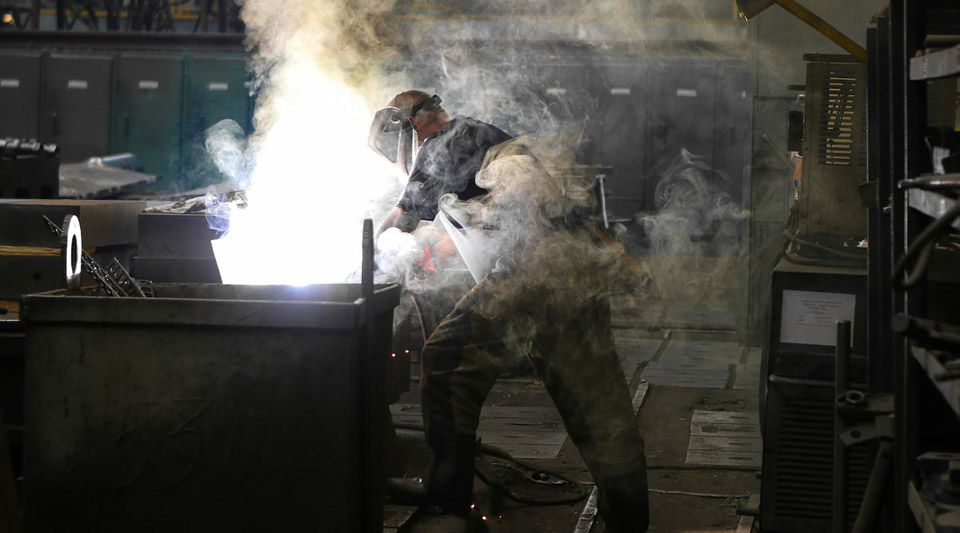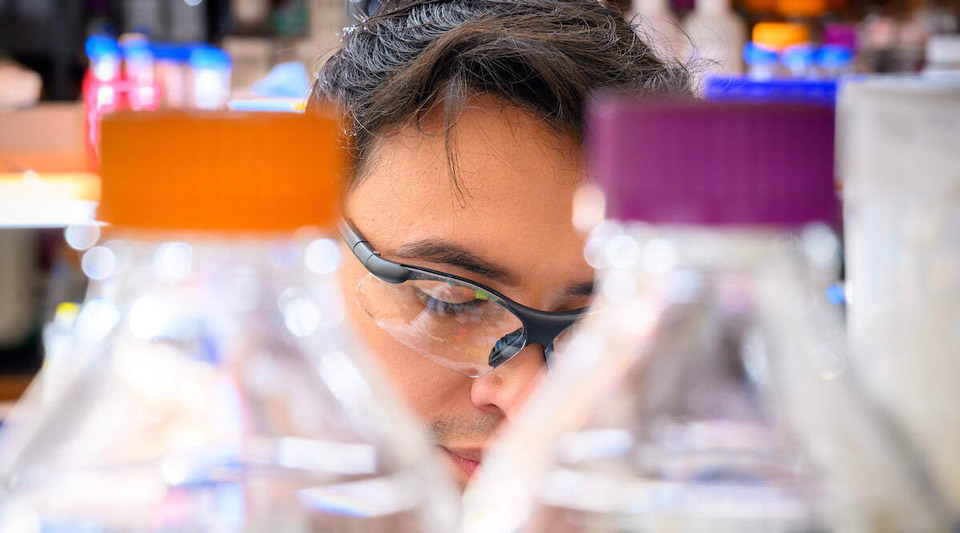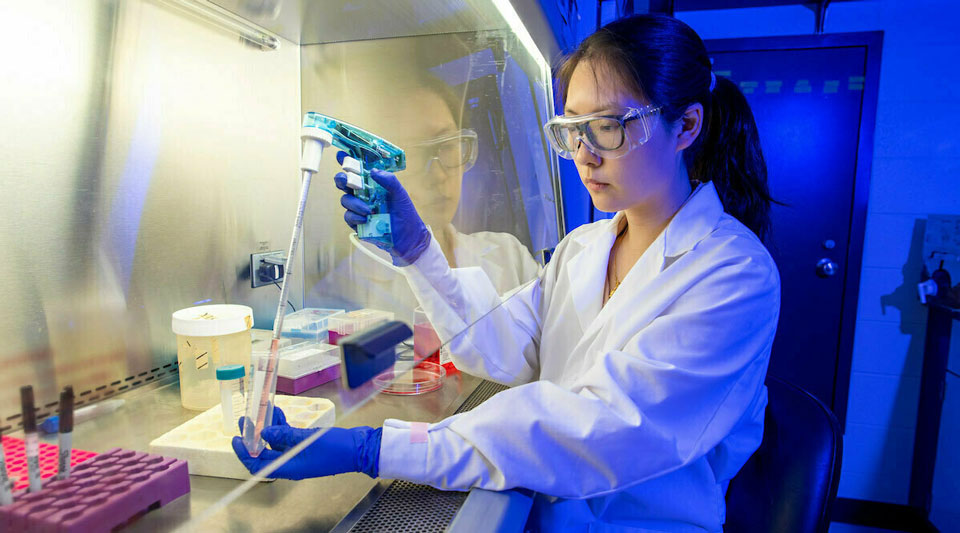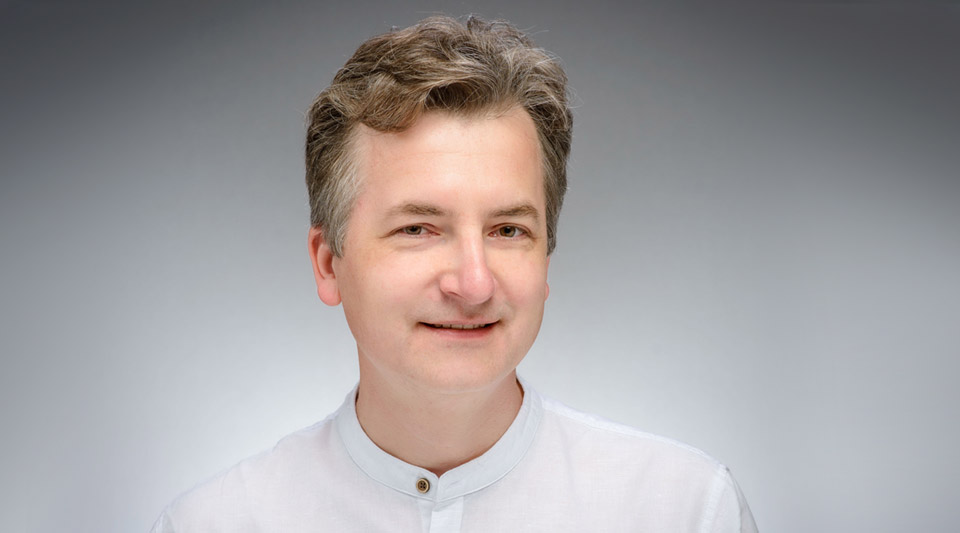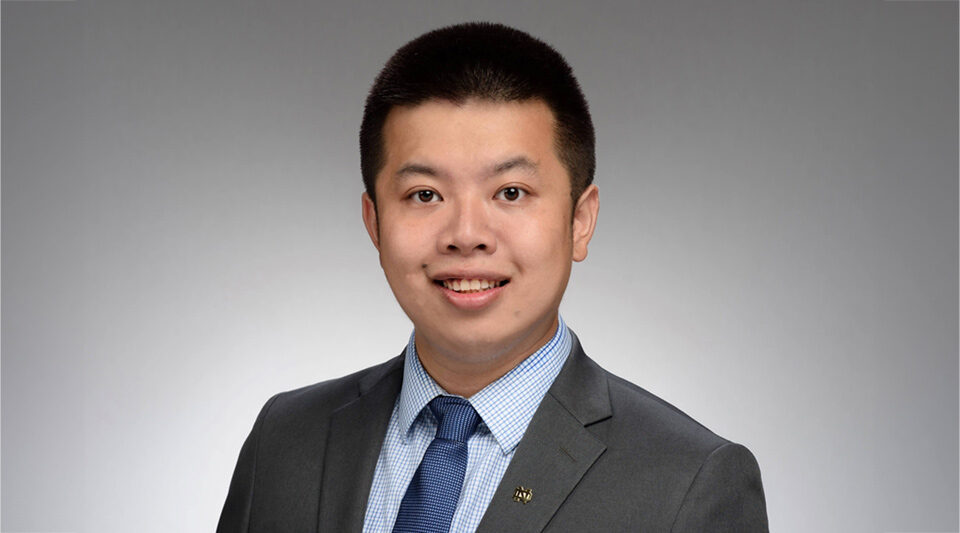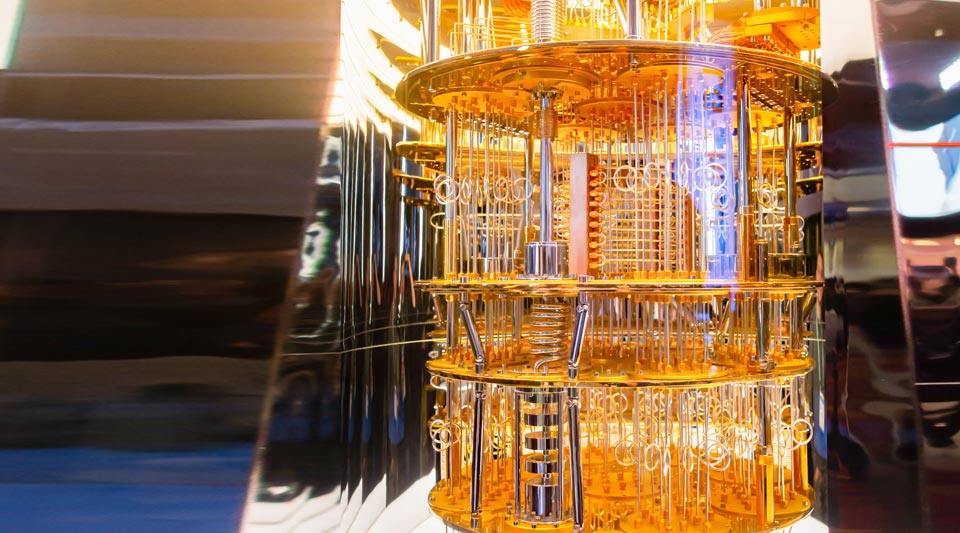
ND grad student fuses classical and quantum computing to improve skin disease diagnosis
Early diagnosis of skin diseases greatly improves patient outcomes, but subtle symptoms often demand a dermatologist’s trained eye. While computers can assist by learning from high-quality medical images, the scarcity of such data remains a major barrier to fast, accurate …
